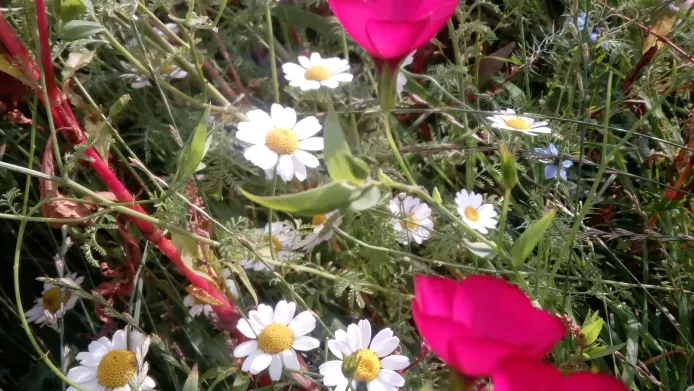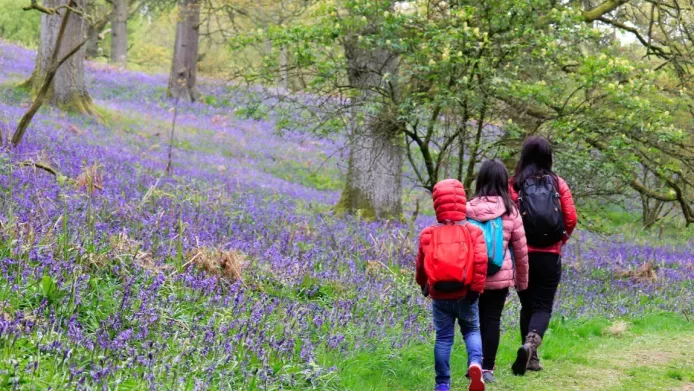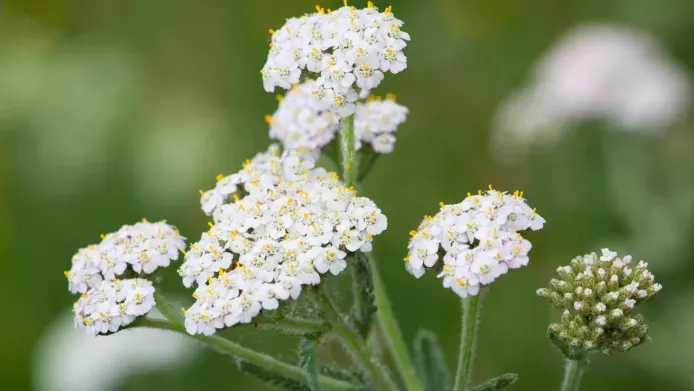Wildflowers have long been used as symbols to spark memories and celebrate those we have lost.
On Wednesday 23rd of March, the National Day of Reflection, we took time to remember lost loved ones and support the millions of individuals impacted over the last two years of the Covid-19 pandemic. The reality of grief means remembrance is not limited to one day, and every day is punctuated with personal memories and reflection.
The language of flowers, also known as floriography, recognises the importance of flowers and what they represent. Species, colour and shape historically communicated many different meanings, from secret crushes to friendships and strength. With spring in full swing and a favourite season for many, bursting bulbs and sowing seeds can be a message of hope for brighter days. Planting trees, personalising memorial gardens and creating floral arrangements packed with your loved one's favourite blooms can be a special way to connect with their memory and feel consoled by nature's cycles.
Let’s take a look at some iconic UK wildflowers and their remembrance symbolism.
Wild Daffodil (Narcissus pseudonarcissus)
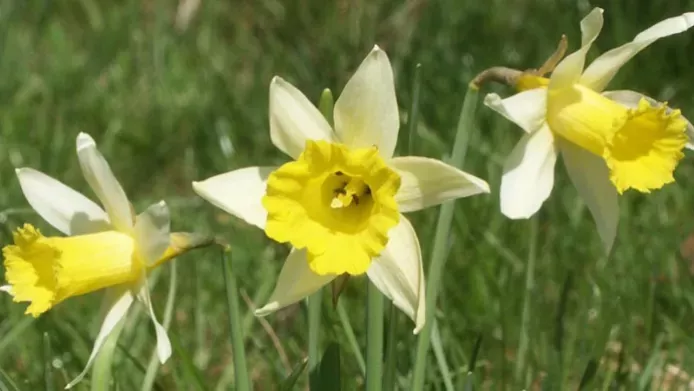
Bright, joyful and resilient - it’s no wonder the Marie Curie logo is the distinctive daffodil. Poking up after a long winter gloom, the daffodils symbolises rebirth and strength after difficult times. Captured in Wordsworth’s famous poetry, it’s hard to not feel an unmistakable optimism when you wander across ‘a host, of golden daffodils.’
Wood forget-me-not (Myosotis sylvatica)

iStock/Iver Vagnerova
The common name says it all. The forget-me-not’s delicate but eye-catching blue petal symbolises memories and true love. A fuss free plant to grow, this wildflower fittingly has been adopted by the Alzheimer’s society forget-me-not appeal which takes place across June to raise awareness and support for those affected by dementia.
Corn Poppy (Papaver rhoeas)
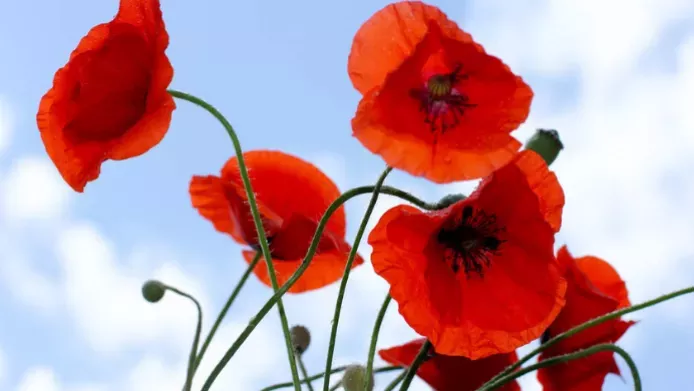
Most will be familiar with the iconic red corn poppy as a symbol of remembrance. Now adorned on pins and lapels during November, this vibrant wildflower historically grew on the disturbed landscapes of the First World War. Poppies were first worn for remembrance in 1921 and continue to be a symbol for those lost at battle and of hope for a peaceful future.
It’s important to remember there is no right or wrong way to remember those you love.
For some, personal memories attached to flowers is natural, for others, different symbols will be more appropriate. If you are navigating a wave of grief, remember to keep tending to and nurturing yourself, much as you would a seedling.
Grief and bereavement resources
If you’re going through a tough time, or supporting someone who is, take a look through our list of helpful websites and resources. Don’t suffer in silence. Please reach out if you need help.
Keep reading
Want more lessons on wildflower myths or nature's wellbeing benefits? Read these blogs for more...
